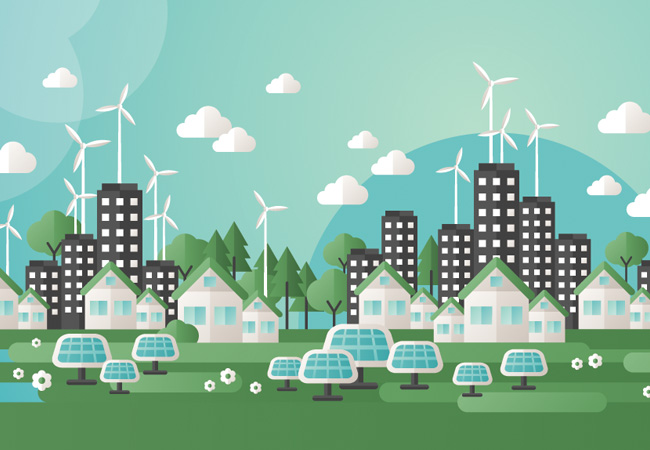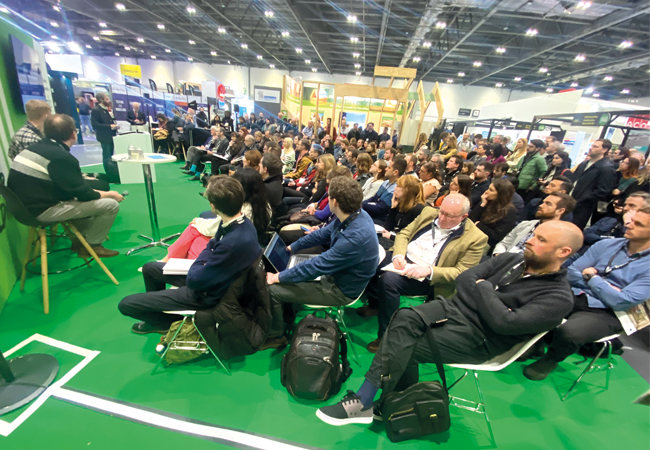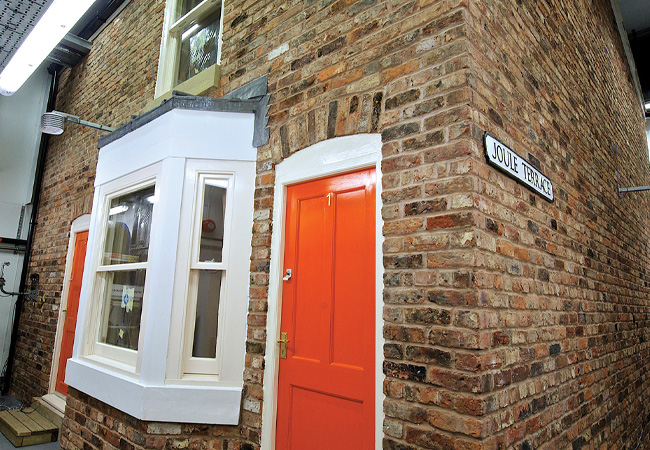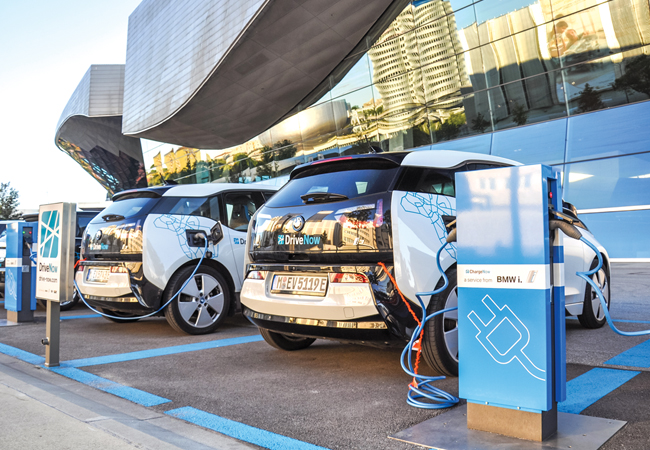
Electricity is now generated at many different points in the supply network, rather than from massive power stations. Regulations, cheaper renewables and energy-efficient combined heat and power systems have encouraged distributed power systems, which can facilitate an electricity open market that will respond to the changing supply and demand. But such a system needs smarter controls; some local networks can no longer accommodate the amount of electricity being offered and – until the infrastructure is reinforced – building developers’ low carbon strategies are being curtailed.
According to the Digest of United Kingdom energy statistics 2016, the average generation capacity used across the year is 39GW, compared with a total capacity of 81GW. The 42GW difference represents a huge underused investment in plant and associated infrastructure.
So rather than maintaining this ‘peak capacity’, should we not be investing in technology that averages out demand by reducing peaks and raising troughs?
The ‘demand response’ market is emerging as a key driver for investment in new technology and innovative control strategies. This is being encouraged through balancing mechanisms, introduced by the National Grid to manage the smaller margin between generation and demand, and to enable an increase in investment into novel and efficient technology and smaller dispersed electricity generators. As a result, the electricity network is becoming technologically and economically smarter, and a market is emerging in which bidders can offer the grid various services to help balance the network.
Balancing act
At its most basic, demand-system response (DSR) balances supply and demand. This was previously achieved by bringing generation capacity on- and offline according to electricity demand, using a mixture of historic understanding of behaviour, a mix of plant that could respond quickly – such as the Dinorwig pump storage facility in North Wales – and industrial users able to reduce demand on request.

Balancing mechanisms of demand-system response
The new smart system opens this market up to many more participants. The network will continue to respond by bringing capacity on- and offline, while encouraging other technologies and mechanisms, including battery storage.
If they have onsite generation or are able to control demand, building owners can earn money through participation in the following mechanisms:
- Short-term operating reserve (STOR), which gives participants four hours’ notice to supply power for at least two hours
- Capacity market (CM) which ensures sufficient capacity to meet the winter peak. Participants must provide their contracted capacity when requested
- Static, dynamic or enhanced frequency response (FR), for which participants must respond to changes in the grid frequency within a matter of seconds and maintain supply for up to 30 minutes. Static FR has two response times: 10 seconds and 30 seconds. Dynamic FR requires participants to monitor grid frequency and adjust demand or supply up or down to maintain the frequency in real time. With Enhanced FR, participants must respond in less than one second
- Dynamic turn up requires participants to turn up demand for as long as two hours upon request
- Peak-charge avoidance is for those who can avoid using electricity during peak-demand periods – or ‘red zones’ – reducing their distribution network charges significantly.
Each mechanism – intended to ameliorate different problems faced by the grid – is procured at commercially competitive rates, including through the use of auctions.
Taking part
Participation in the mechanisms offers the opportunity to operate existing plant and equipment in a more efficient manner – reducing bills and, potentially, carbon – as well as to invest in new technologies and control systems to generate income. It is possible to enter into contracts for each of the mechanisms and build up a portfolio of income streams – making the diesel generator available to the grid through one or more mechanisms, for example. A capability to respond quickly with hot standby generators or through interruptible processes may be required, as well as a commitment to reduce demand when requested by switching off equipment such as chillers or fans.
Batteries are also getting cheaper. A large building’s integrated photovoltaic array could use a battery system to store power in summer and displace expensive grid electricity across the day. In winter, those same batteries could be used to store grid electricity for use as part of peak avoidance or the enhanced-frequency response.
Future building design
Buildings are becoming part of the energy infrastructure. So a broader perspective on designers’ hierarchy – fabric first, then systems and renewables – can extend it to include the infrastructure upon which the building depends.
This means:
- Integrating energy storage to maximise the self-use of onsite-generated electricity, whether it applies to heat or waste heat
- Integrating smart controls to enable DSR through storage and system ‘pause’, and peak lopping strategies
- Engaging with occupants and operators to encourage energy-saving behaviour
- Enabling energy-procurement competition through data collection, analysis and aggregation
- Ensuring vehicle charging at buildings is controlled as part of the building-energy control strategy.
The building has to become part of the electricity network, allowing its energy demand to fluctuate in response to the needs of the grid. Battery storage, coupled with aggregation and a sophisticated control system, becomes an important building-system component, linked to onsite generation, grid supply, building supply and, potentially, vehicle charge.
The use and procurement of energy becomes a complex interconnected process, with the ultimate aim of reducing consumer bills and enabling low carbon energy production. What we see emerging is an internet of energy.
- Nick Cullen FCIBSE is a partner at Hoare Lea






